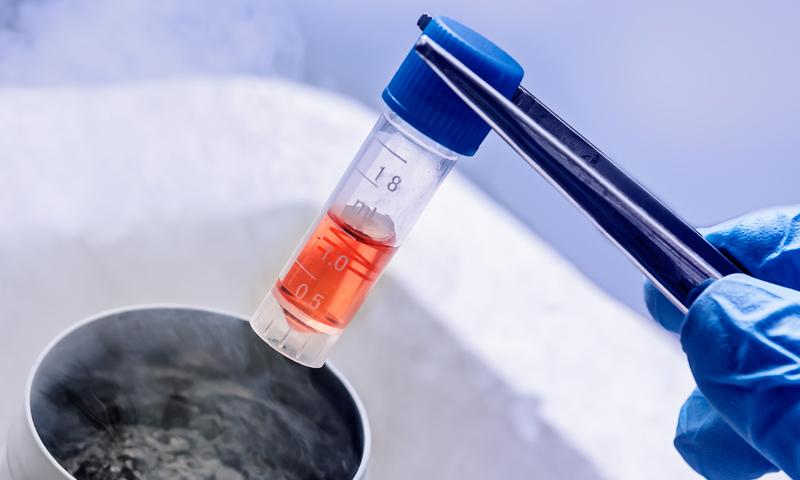Cell Cryopreservation: An Emerging Technology for Storing Living Cells at Ultra-Low Temperatures
Cell cryopreservation refers to the process of freezing and storing living cells at ultra-low temperatures, usually around −196°C using liquid nitrogen. At these low temperatures, any biological activity, including cell division and metabolic processes, essentially stops. This allows the cells to be preserved and maintained in a viable state for extended periods of time, in some cases indefinitely. There are many applications of cell cryopreservation in areas like reproductive medicine, biotechnology research, and gene and tissue banking.
Methods of Cryopreservation
There are two main methods used for cryopreservation of cells - slow freezing and vitrification. In slow freezing, cells are cooled at a controlled rate, usually 1°C/minute, allowing ice crystals to form outside the cells. Chemical cryoprotectants like dimethyl sulfoxide (DMSO) or glycerol are added to prevent excessive dehydration. Vitrification avoids ice crystal formation by ultrarapid cooling of cells suspended in highly concentrated cryoprotectants. This glass-like solidification process suspends cells in a very viscous state. Both methods aim to minimize physical damage from ice formation during freezing and thawing. Researchers are developing new protocols and cryoprotectants to improve cell survival post-thaw.
Applications in Reproductive Medicine
Cell Cryopreservation finds major applications in fertility preservation and assisted reproductive technologies. Ovarian tissue and embryos can be cryopreserved for future use by cancer patients undergoing sterilizing therapies like chemotherapy. This allows them the chance to have genetically-related children later. Sperm banks freeze donor sperm to be used in fertility treatments. Embryo banking allows for the long-term storage of in vitro fertilized embryos from fertility treatments. If implantation fails or multiple births are not desired, the extra healthy embryos can be frozen for later thawing and transfer.
Cryopreservation in Stem Cell Research
Stem cells have tremendous potential for regenerative medicine due to their unique ability to self-renew and differentiate. However, they are very difficult to propagate and maintain in the laboratory without losing pluripotency or viability over time. Cryopreservation provides an invaluable method for long-term storage of stem cells like adult stem cells, embryonic stem cells and induced pluripotent stem cells. Researchers can preserve valuable stem cell lines and patient-specific cell sources for future experimental and potential therapeutic use. This reduces costs and saves time associated with continuous culturing and sub-culturing. Standardized protocols for freeze-thaw of different stem cell types continue to be refined.
Biobanking of Cells and Tissues
Biobanks are facilities that collect, process, store and distribute biological samples and associated clinical data for medical research purposes. Cell and tissue cryopreservation is a core function of modern biobanks. Disease and normal human cells can be cryopreserved indefinitely to form rich biorepositories that serve as an important resource for retrospective and prospective studies in translational medicine. Genetic/genomic analysis of banked cells has led to discoveries in cancer biology, immunotherapy development and pharmacogenomics. Population biobanks also aid in investigations linking genetic variations to health outcomes and disease susceptibility. Strict quality standards ensure sample integrity over decades of cryogenic storage.
Cryopreservation Challenges and Future
While cryopreservation has made immense progress, certain challenges remain. Post-thaw viability varies greatly by cell type, with stem cells often demonstrating poorer survival versus somatic cells. Development of new natural and synthetic cryoprotectants is ongoing to achieve higher viability outcomes with fewer cytotoxic effects. Controlling ice nucleation during freezing and achieving vitrification consistently poses technical hurdles. Standardization of protocols for different cell types and across laboratories also requires attention. Looking ahead, cell cryopreservation will continue supporting advances in assisted reproduction, regenerative therapies using adult and iPS stem cells, and personalized medicine based on biobank research. Further gains in our scientific understanding of low-temperature biology may unlock even more applications for this critical enabling technology.
Get more insights on Cell Cryopreservation
